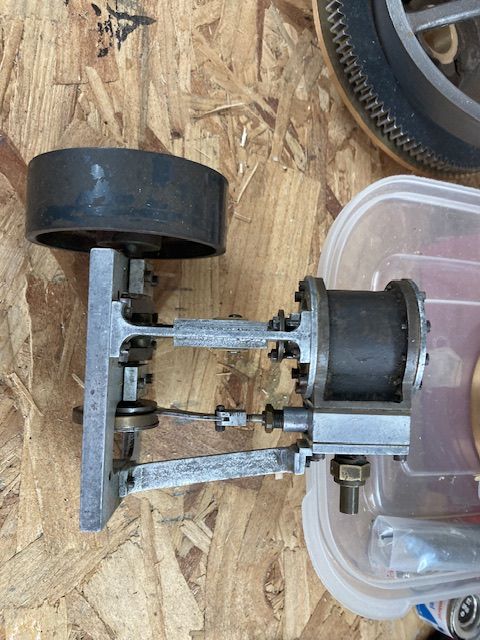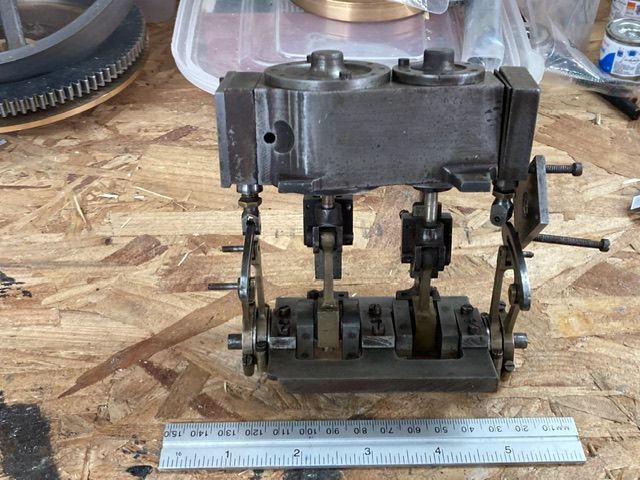I am researching for a friend who has inherited a number of steam models from his Grandfather, his grandfather worked for a model making and engineering firm called James Carson they were based in Cricklewood and grandfather was a foreman there. He left the company in 1913 and moved to Coventry and then worked for Armstrong Siddeley, he was quite an accomplished engineer and spent the rest of his working life in the Coventry area, about this time it is understood that James Carson were taken over by Basset Lowke who were created in 1899 in Northampton, it is unclear what happened to the models in James Carson’s catalogue, did Basset Lowke keep them in their portfolio, does anyone have knowledge of any of their products after this period, my colleague would be interested to know.
 The engines that I have photos of were received as basket cases and my colleague put them together using the pictures in their catalogue as a guide, the major parts are there but some of the fasteners are missing, these are mainly 1/8 and 7/64 Whitworth. The engines are a single cylinder marine, a double cylinder compound marine and a hefty three cylinder marine, for which I have no photos, the engineering of them is as you would expect first class from the pre First World War era.
The engines that I have photos of were received as basket cases and my colleague put them together using the pictures in their catalogue as a guide, the major parts are there but some of the fasteners are missing, these are mainly 1/8 and 7/64 Whitworth. The engines are a single cylinder marine, a double cylinder compound marine and a hefty three cylinder marine, for which I have no photos, the engineering of them is as you would expect first class from the pre First World War era.
The single cylinder marine engine has the supporting structure fabricated from aluminium which has a weld incorporated in it, I would have thought that was pretty unusual for the early 20th century.
We would be interested in any comments that anyone can make concerning James Carson’s products and also if anyone has any of their models. Apologies for the quality of the photos , I am not very accomplished in photography .
I have a photocopied James Carson catalogue, the quality is not good but it is readable on most pages. Dave W
Charles Lamont.









